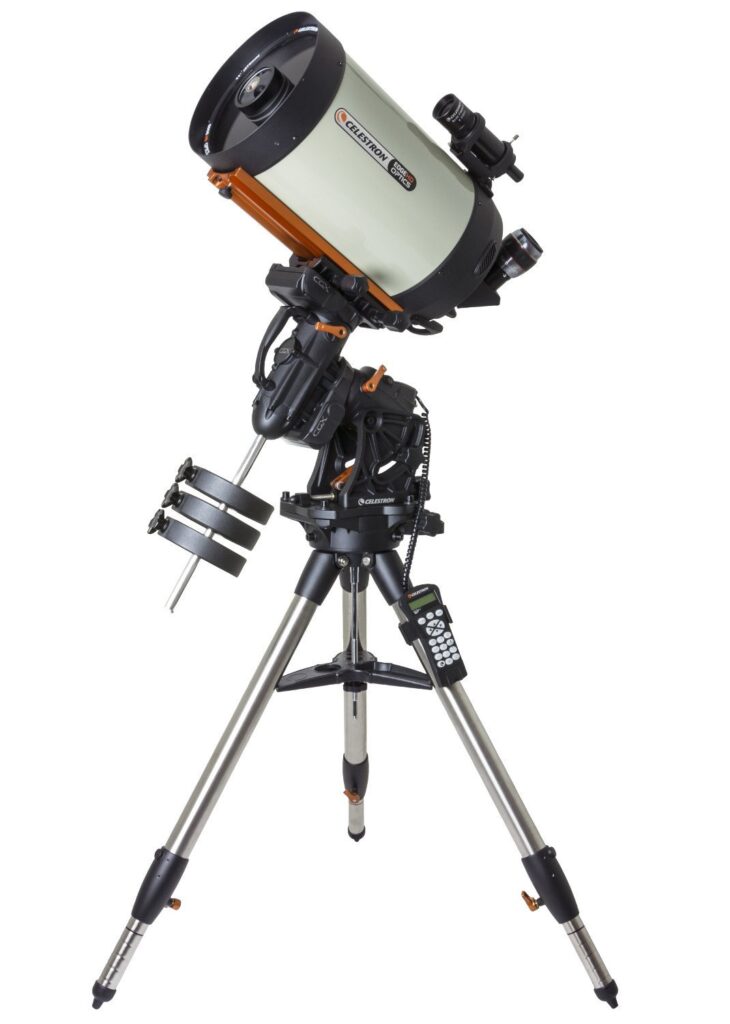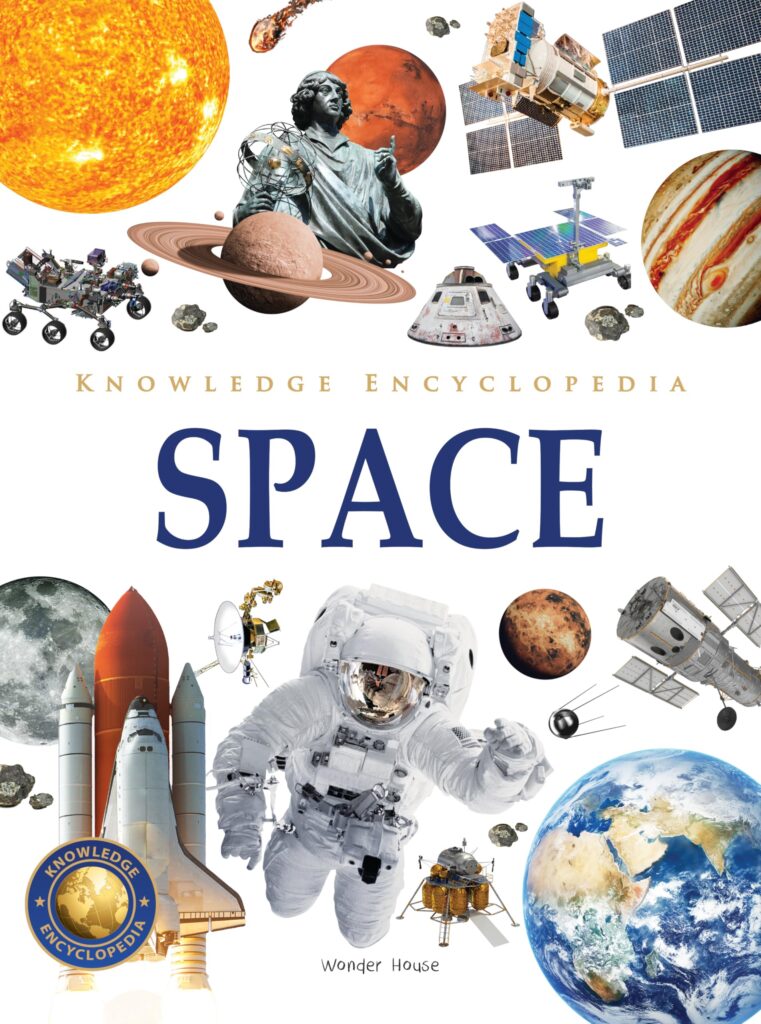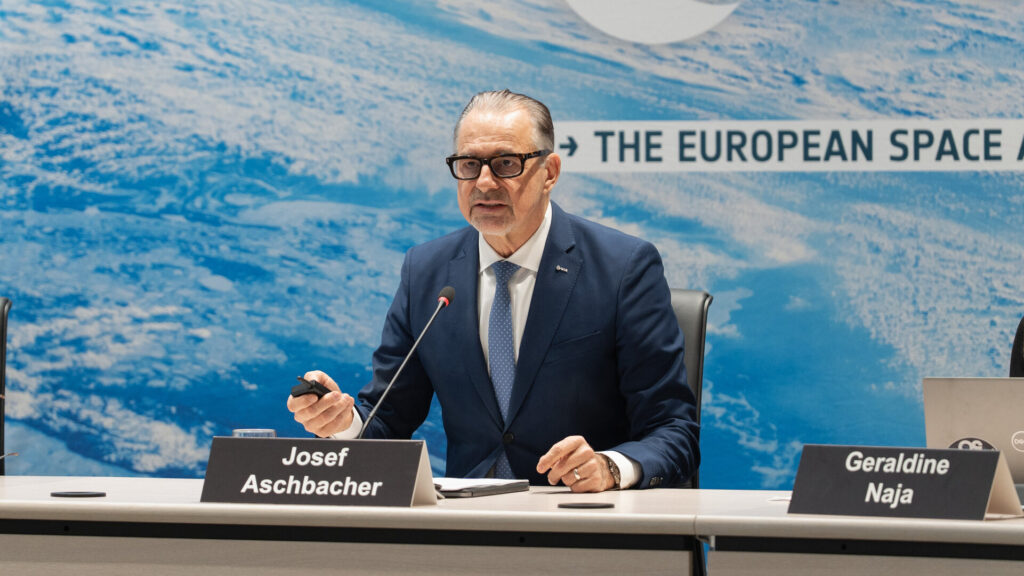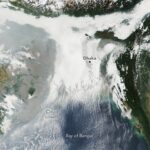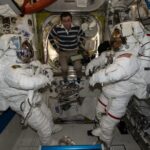Now Reading: Renewed Interest in Kingman UFO Case Sparks Debate Over Credibility and Evidence
-
01
Renewed Interest in Kingman UFO Case Sparks Debate Over Credibility and Evidence
Renewed Interest in Kingman UFO Case Sparks Debate Over Credibility and Evidence
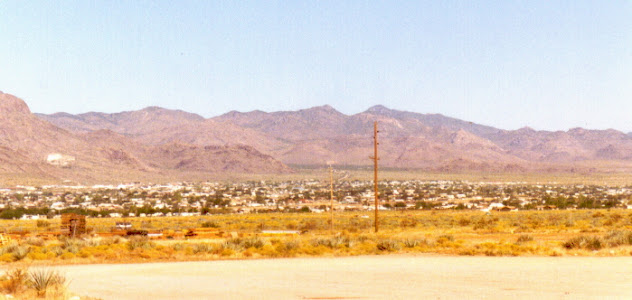

Long after the initial discussions surrounding the Kingman UFO crash seemed to settle, fresh revelations emerged, sparking renewed interest in the case. This stems from an email exchange shared by Christopher Mellon, a former Deputy Assistant Secretary of Defense for Intelligence. In this exchange, Mellon mentions ongoing investigations into an unidentified aerial phenomenon (UAP) purported to have landed in Kingman, Arizona during the 1950s. The cryptic nature of the email, particularly the redactions, raises eyebrows and calls into question the credibility of the claims being made.
Mellon’s brief comments on the management structure and security protocols associated with UAP retrievals are intriguing, but they lack the specificity that could lend concrete credence to the Kingman account. For instance, while he strongly implies that a crash occurred, he provides scant evidence or supporting details, merely hinting at a time frame that many have speculated on for decades. This acknowledges an ongoing interest in the subject of UFOs, but leaves many in the research community, including seasoned investigators, anxious for more substantial evidence.
One cannot help but notice the parallels between the Kingman incident and other notable UFO crash narratives, particularly the infamous Roswell incident of 1947. The patterns of witness testimonials and the subsequent claims of military cover-ups raise critical questions about reliability. At the heart of the Kingman tale is Arthur Stansel, a witness whose testimonies have been under scrutiny. Initially, Stansel’s character was bolstered by his credentials as a respected engineer, yet over time, inconsistencies in his accounts have surfaced, giving rise to skepticism regarding his reliability as a primary source.
For researchers interested in the minutiae of UFO accounts, it’s important to differentiate between credible firsthand accounts and the expansive web of secondhand claims that often muddle the narrative. Ponder the testimony of Major Daly, whose account, as reported by Len Stringfield, suggests he observed a UFO crash site in 1953, yet remains clouded by the uncertainties of secondhand information. Daly’s experience is an example of how hearsay can lend a veneer of authenticity to a claim, even when the original source lacks verification.
The phenomenon of secondhand accounts extends into many facets of the Kingman story. Reports of alien bodies allegedly found near crash sites, as recounted by various individuals over the decades, have often been sensationalized or misattributed. The accounts of individuals who allege to have heard of the events from a friend or relative—like those discussed by Stringfield—illustrate the fragility of such claims. The closer one attempts to trace these stories back to their origins, the more convoluted and complex the timeline becomes. For example, the accounts from individuals like June Kaba, who recounted hearsay from an unidentified sergeant, have been groundbreaking for speculative research but lacking in verifiability.
In the quest for truth, discrepancies surface not only among the witnesses but also in the dates and details of alleged events. The varying accounts of bodies being transported, from their conditions to their numbers, add layers of confusion that can thwart the establishment of a coherent timeline. It’s fascinating to note the anecdotal nature of these claims. Despite being referenced in reputable publications, they often elude the rigors of verification and validation, which are cornerstones of credible historical research.
Some enthusiasts and researchers, like Preston Dennett and Harry Drew, have proposed their theories about the potential existence of multiple crashes occurring in Arizona around the same time frame. Drew’s assertions about three crashes in May 1953, including claims of military recoveries, cast a wider net, but still skirt the edges of substantiation. They serve to ignite the imaginations of those drawn to the mysteries of the skies, yet lack robust evidence that could satisfactorily answer many of the lingering questions surrounding the Kingman case.
In examining the broader context of UFO research, it’s essential to approach such intriguing accounts with a critical lens. The historical documentation—or lack thereof—can often tell a more revealing story than the accounts themselves. For instance, David Rudiak’s investigation into newspaper archives from 1950 to 1953 yielded a distinct absence of reports linking to the Kingman crash, contrasting starkly with the abundance of coverage given to the Roswell incident. This disparity raises pertinent questions about both the events themselves and the societal context in which they were reported.
Ultimately, the Kingman case exemplifies a tapestry woven from partial truths, speculative narratives, and the all too familiar trope of military secrecy. The unfolding of this story underscores the enduring intrigue and complexity of UFO phenomena, inviting ongoing inquiry and debate. As researchers dig deeper, the possibilities for new discoveries remain tantalizingly open, even if they may continue to frustrate those seeking definitive answers.
Stay Informed With the Latest & Most Important News
Previous Post
Next Post
-
 01From Polymerization-Enabled Folding and Assembly to Chemical Evolution: Key Processes for Emergence of Functional Polymers in the Origin of Life
01From Polymerization-Enabled Folding and Assembly to Chemical Evolution: Key Processes for Emergence of Functional Polymers in the Origin of Life -
 02Two Black Holes Observed Circling Each Other for the First Time
02Two Black Holes Observed Circling Each Other for the First Time -
 03How New NASA, India Earth Satellite NISAR Will See Earth
03How New NASA, India Earth Satellite NISAR Will See Earth -
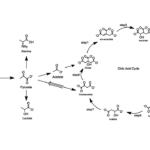 04Thermodynamic Constraints On The Citric Acid Cycle And Related Reactions In Ocean World Interiors
04Thermodynamic Constraints On The Citric Acid Cycle And Related Reactions In Ocean World Interiors -
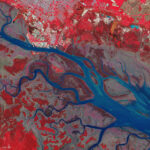 05Φsat-2 begins science phase for AI Earth images
05Φsat-2 begins science phase for AI Earth images -
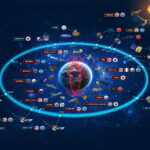 06Hurricane forecasters are losing 3 key satellites ahead of peak storm season − a meteorologist explains why it matters
06Hurricane forecasters are losing 3 key satellites ahead of peak storm season − a meteorologist explains why it matters -
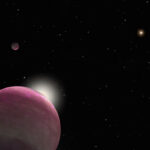 07Binary star systems are complex astronomical objects − a new AI approach could pin down their properties quickly
07Binary star systems are complex astronomical objects − a new AI approach could pin down their properties quickly












